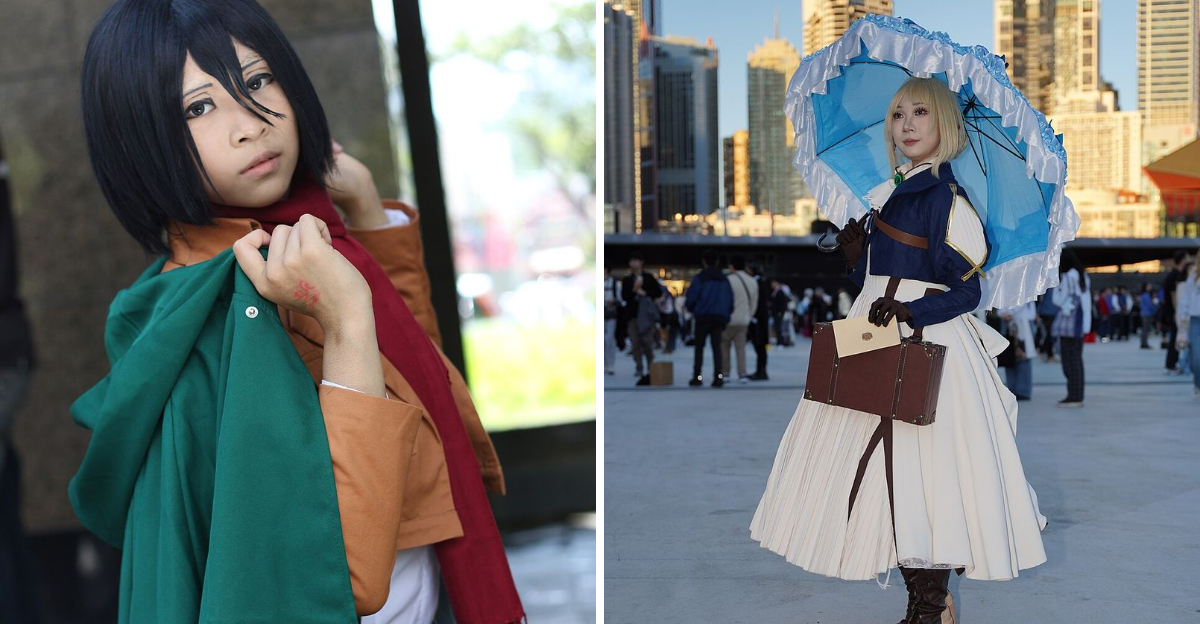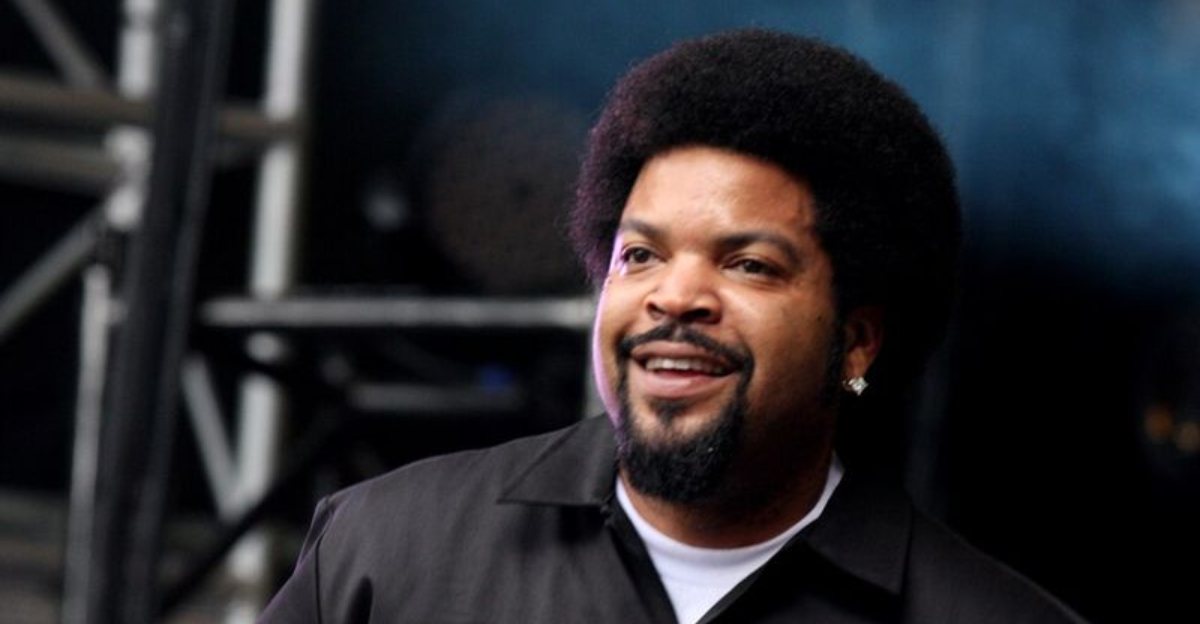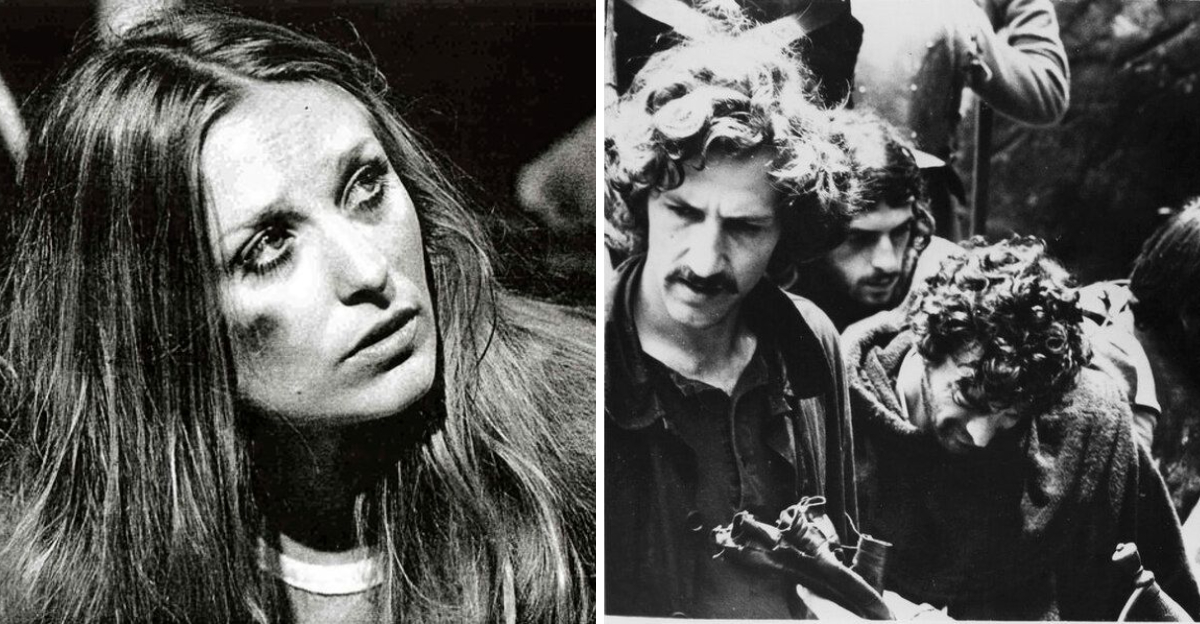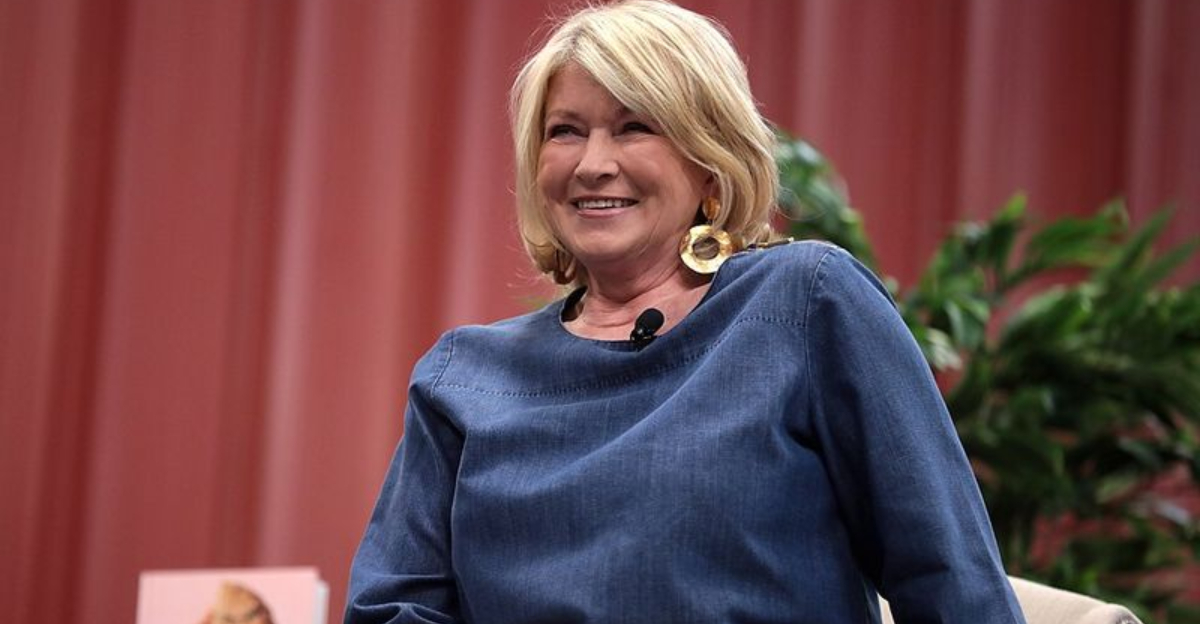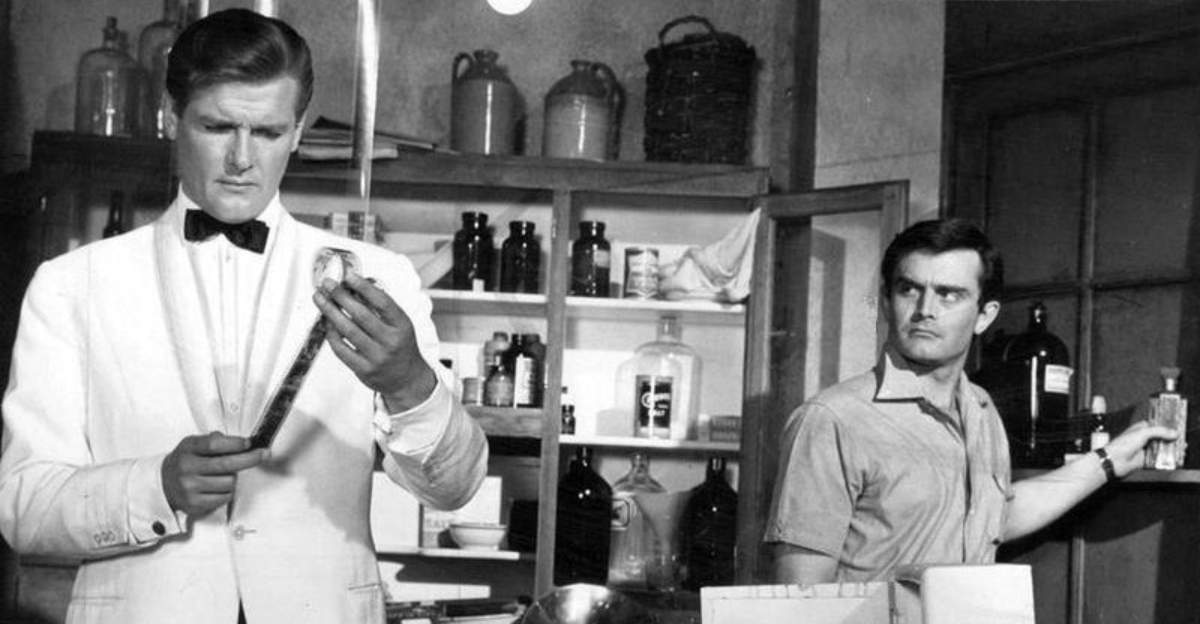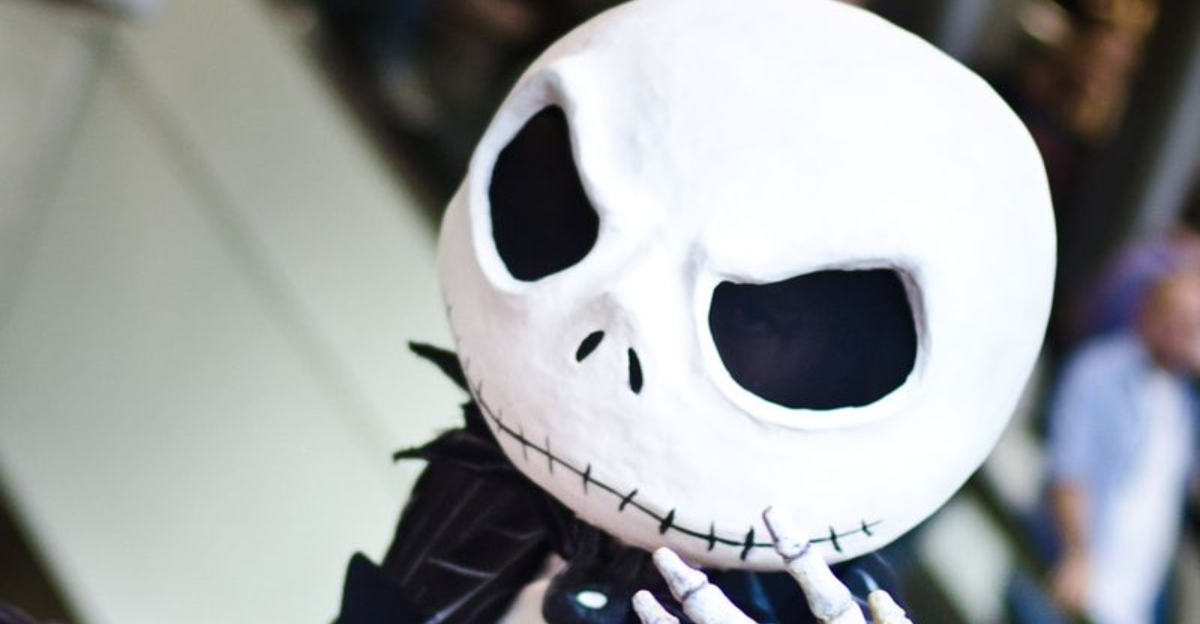Test Your Memory: 13 Trends From The 1960s
The 1960s were a wild ride of bold fashion choices, revolutionary styles, and cultural shifts that changed how people dressed forever.
From miniskirts that shocked the world to psychedelic patterns that made your eyes dance, this decade had it all. Whether you lived through the Swinging Sixties or just love vintage vibes, these iconic trends will transport you back to an era when self-expression ruled and conformity took a backseat.
Disclaimer:
Content is for general interest and historical reflection. Dates, attributions, and examples reflect commonly documented 1960s sources and may vary by region or interpretation. Brand names, images, and personalities belong to their respective owners.
1. Miniskirts Changed Everything
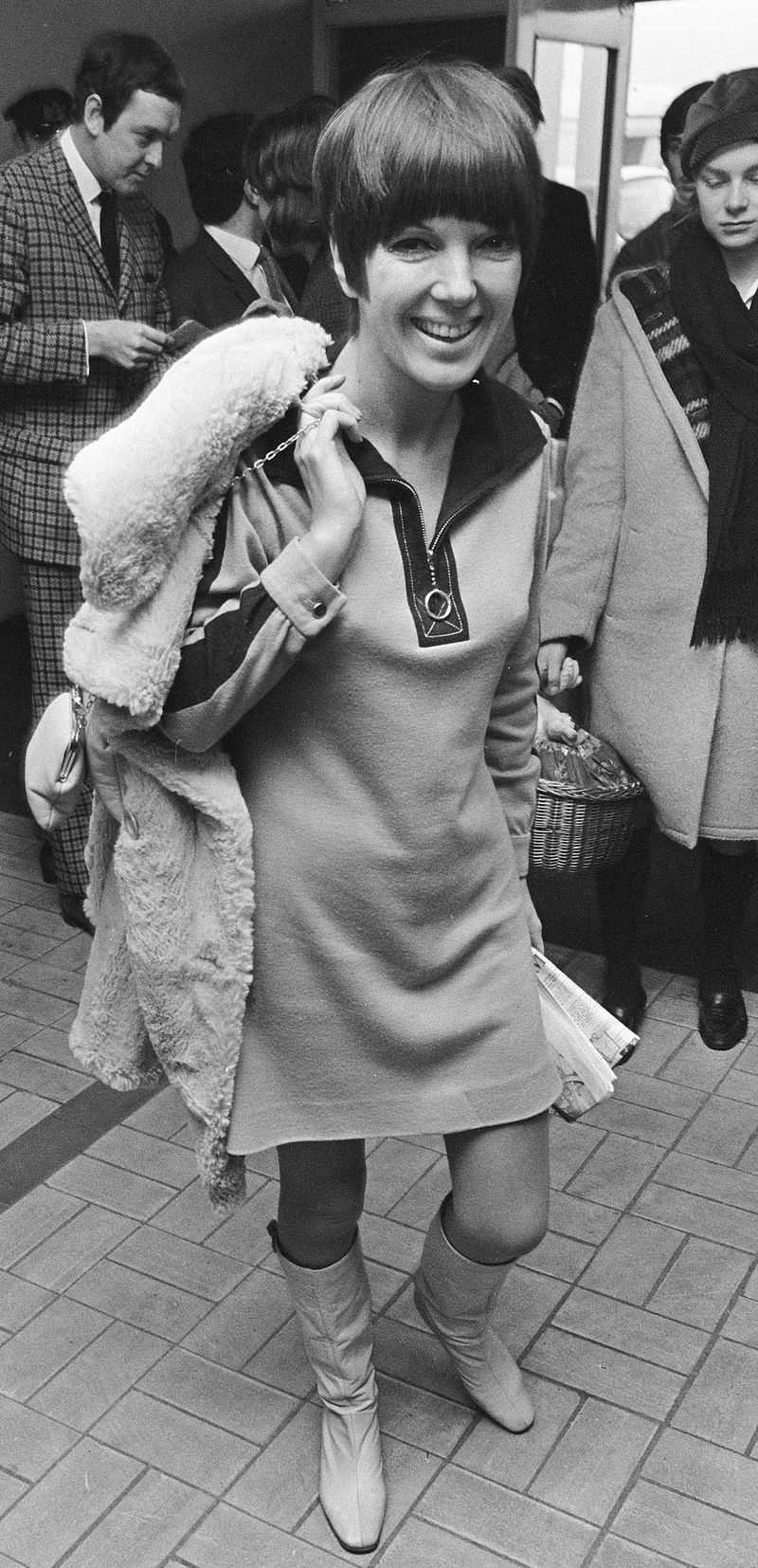
Mary Quant unleashed a fashion revolution when she introduced the miniskirt, and the world hasn’t been the same since. Hemlines shot up to several inches above the knee, scandalizing parents everywhere while making teenagers absolutely ecstatic.
This daring style symbolized youth rebellion and women’s liberation. Suddenly, fashion wasn’t just for the wealthy elite anymore – it belonged to everyone who dared to be bold.
2. Go-Go Boots Kicked Up Style
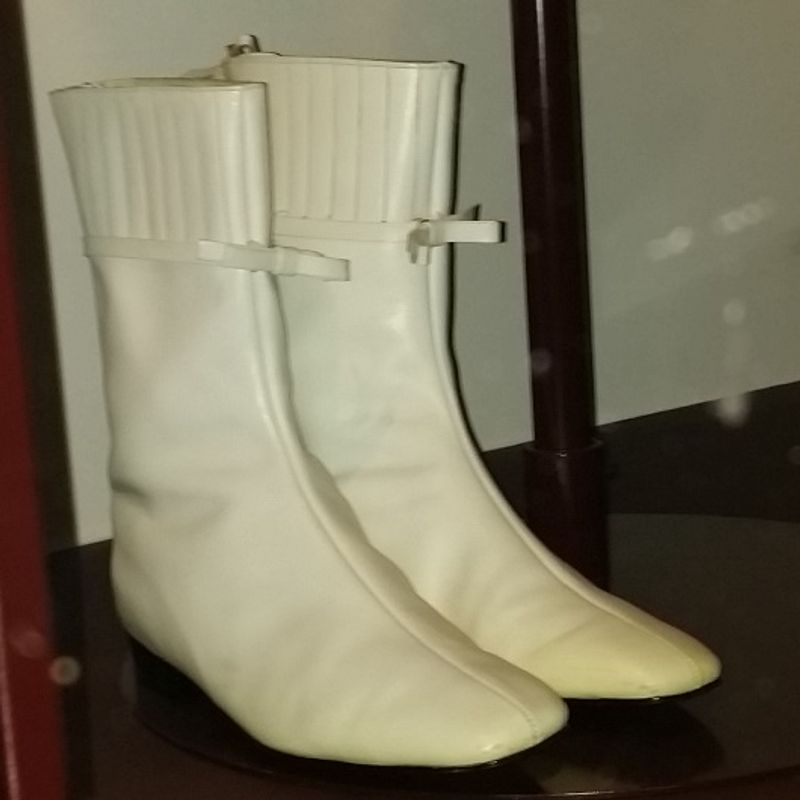
André Courrèges brought Space-Age style to your feet with his iconic white go-go boots that reached mid-calf. These boots weren’t just footwear, they were a statement, pairing perfectly with miniskirts and shift dresses for the ultimate mod look.
Dance clubs became runways as young women stomped and grooved in these fashion-forward boots. If you wanted to look hip and happening, go-go boots were absolutely essential for your wardrobe.
3. Bell-Bottoms Flared Into Fashion
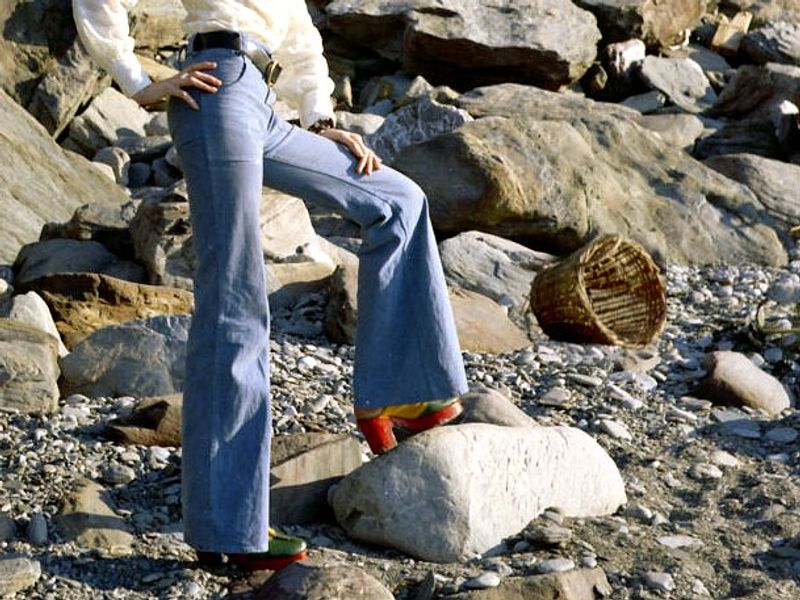
Borrowed from Navy uniforms, bell-bottoms became the ultimate symbol of counterculture cool. Jimi Hendrix rocked them onstage, and soon everyone from hippies to fashionistas wanted pants that flared dramatically from the knee down.
The wider the flare, the groovier you looked – simple as that! These pants swayed and swished with every step, creating movement that felt as free-spirited as the decade itself.
4. Flower Power Bloomed Everywhere
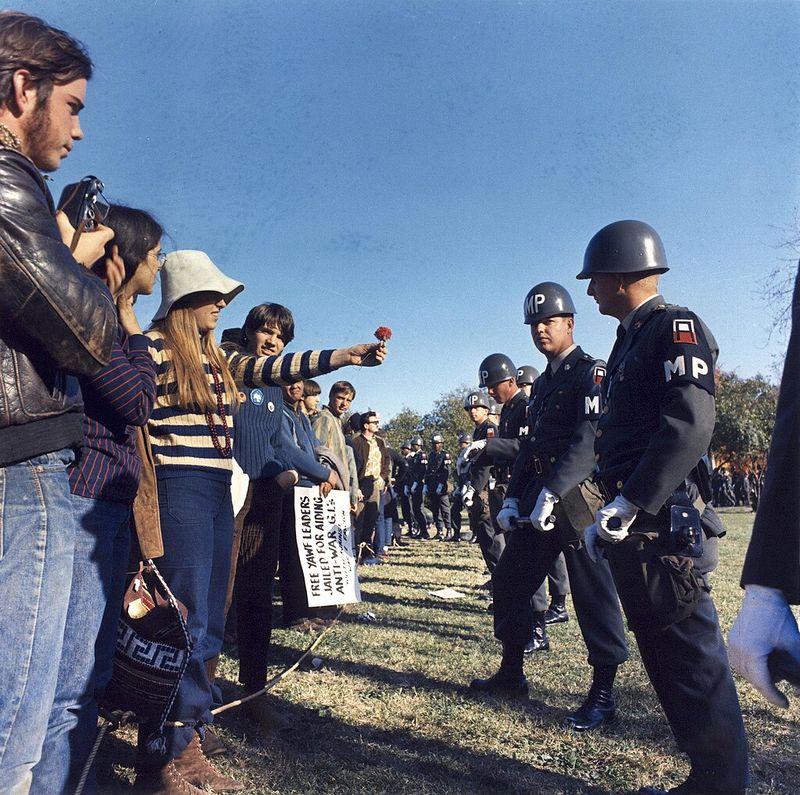
Peace, love, and flowers became the rallying call of a generation tired of conflict.
At a 1967 Pentagon gathering, demonstrators gently tucked blooms into equipment carried by uniformed personnel, creating one of history’s most powerful images of nonviolent resolve.
Flower power transformed blooms from simple decorations into symbols of hope and change. Suddenly, daisies and carnations carried messages stronger than any show of force.
5. Psychedelic Posters Bl*w Minds
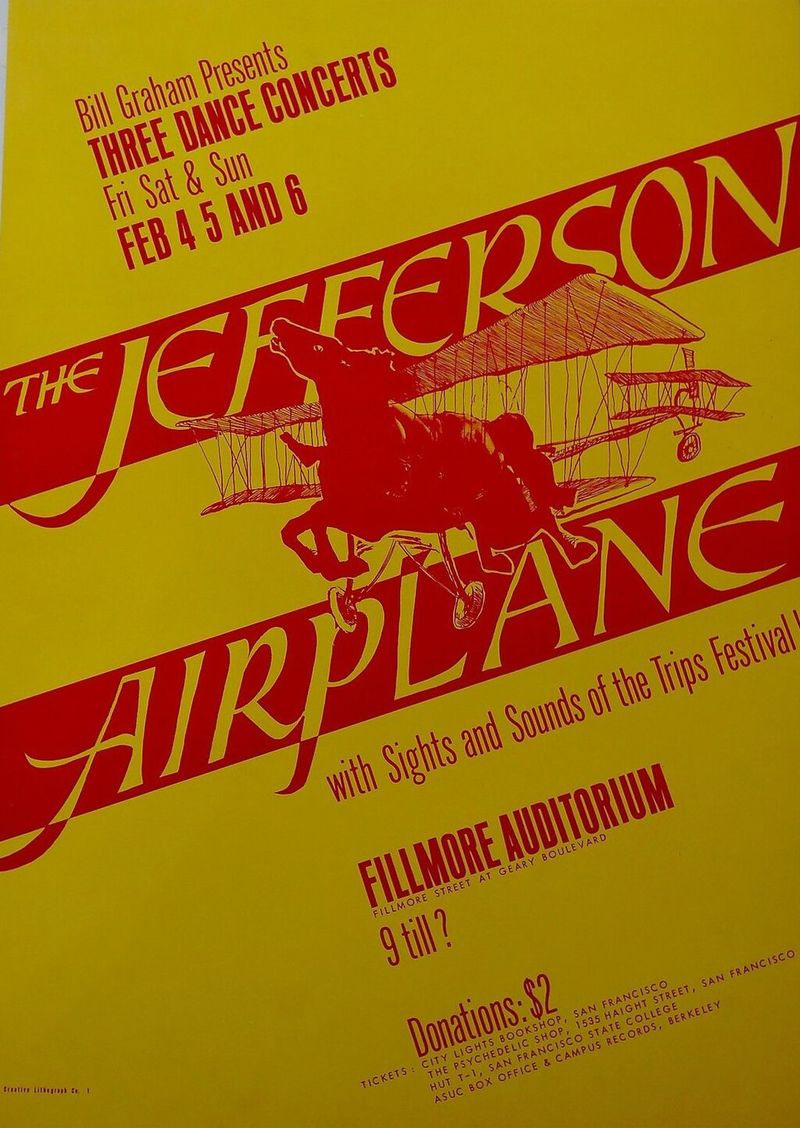
Concert posters became trippy works of art that captured the wild energy of rock music. Jefferson Airplane’s Fillmore posters featured swirling letters you could barely read and colors that seemed to vibrate right off the paper.
Artists like Wes Wilson turned simple event announcements into collectible masterpieces. These posters decorated dorm rooms and apartments, bringing the electric atmosphere of live music home with you.
6. Tie-Dye Swirled Into Style
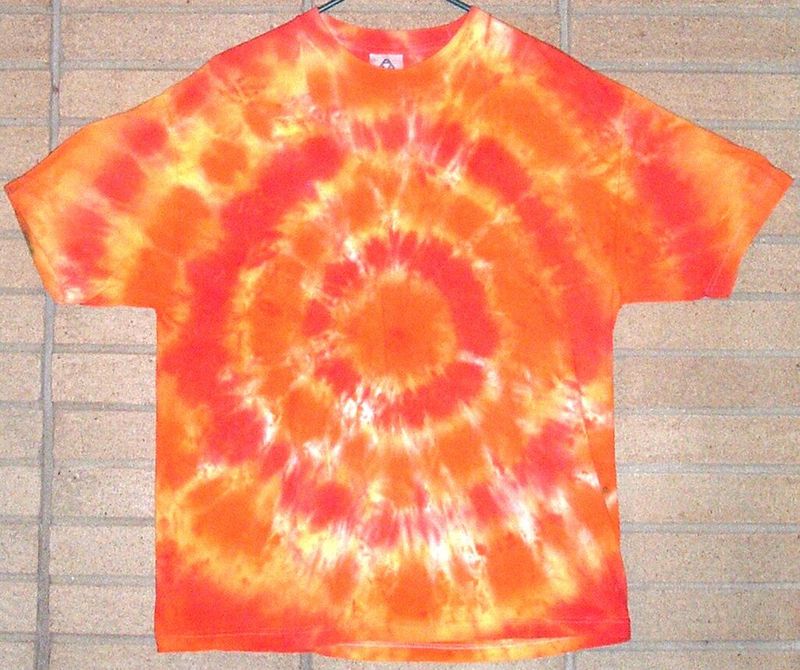
Nothing screamed hippie culture louder than a homemade tie-dye shirt bursting with rainbow spirals. This ancient dyeing technique got a groovy makeover as young people transformed plain white tees into wearable art at home.
Each creation was totally unique – no two patterns ever matched exactly. Tie-dye represented individuality and the DIY spirit that defined counterculture, proving fashion could be fun, affordable, and totally far-out.
7. Paper Dresses Were Disposable Chic
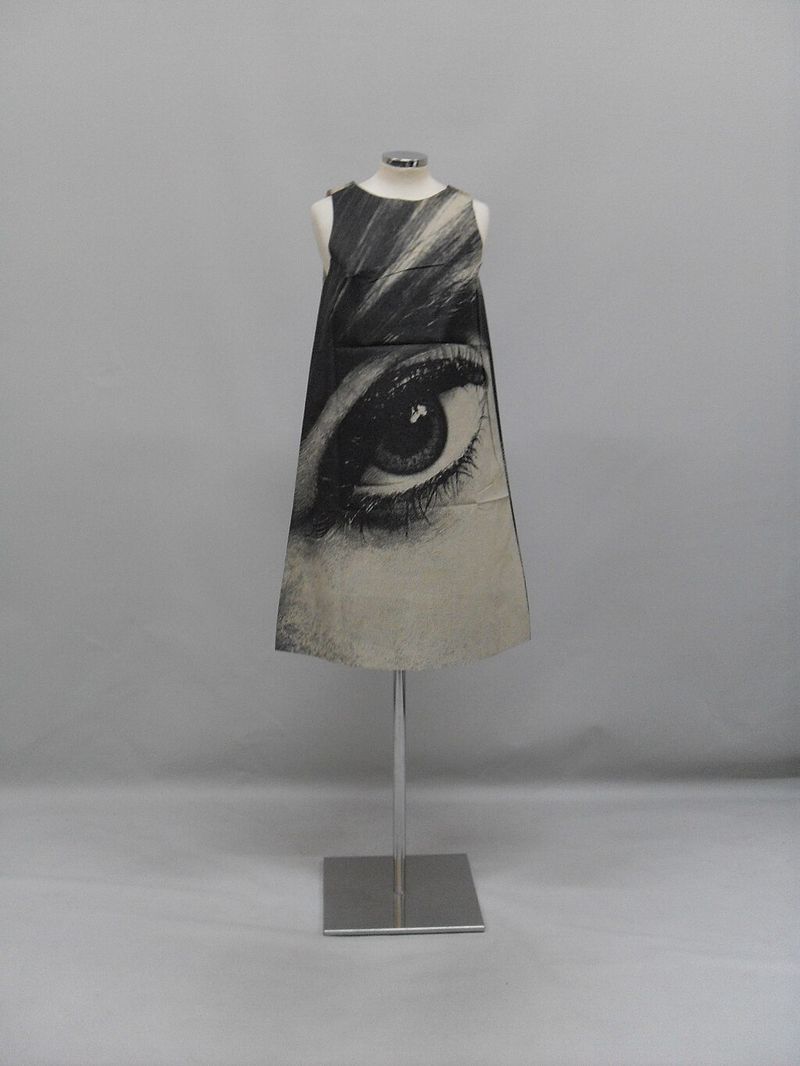
Imagine wearing a dress once and then throwing it away, that’s exactly what paper dresses offered! The Mystic Eye dress featured bold, hypnotic patterns printed on specially treated paper that was surprisingly durable for short-term wear.
This trend reflected the decade’s fascination with disposable convenience and Pop-Art aesthetics. Though the fad didn’t last long, paper dresses perfectly captured the experimental, anything-goes spirit of sixties fashion.
8. Souper Dress Served Up Fun
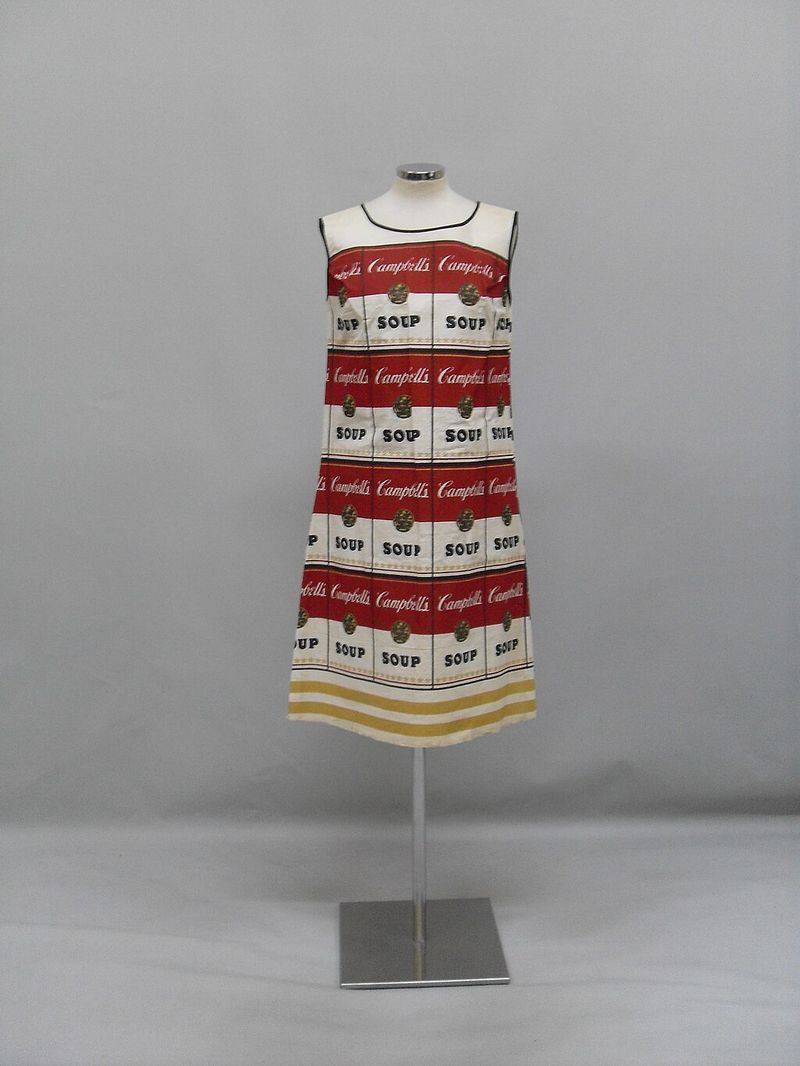
Campbell’s Soup Company created fashion history with their Souper Dress, a paper outfit covered in soup can labels that you could order by mail. This brilliant marketing stunt merged Andy Warhol’s Pop-Art movement with wearable advertising.
For just one dollar and two soup labels, you could own a piece of art history. The dress proved that fashion, commerce, and art could blend together in wonderfully weird ways.
9. Beehive Hair Reached New Heights
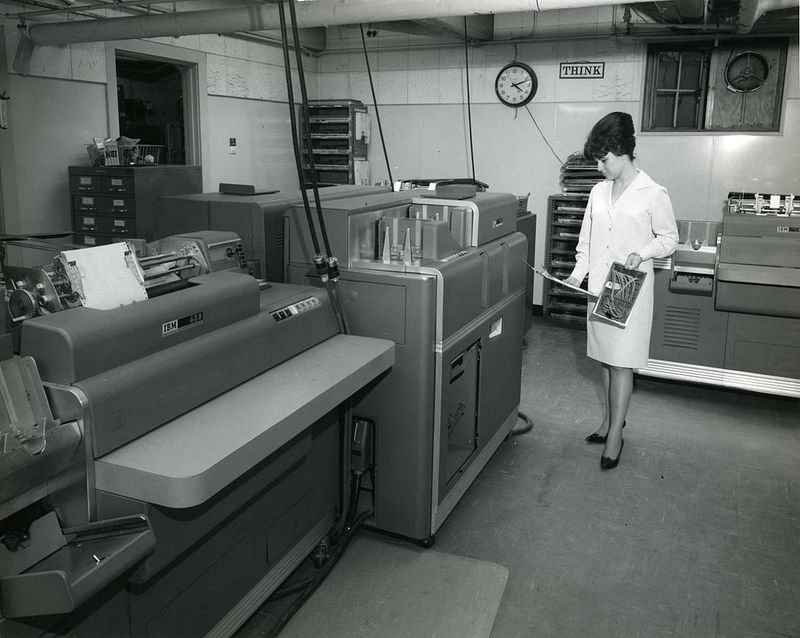
How high could hair go? The beehive hairstyle answered that question with gravity-defying updos that required serious teasing, hairspray, and engineering skills. Women spent hours backcombing their hair into towering structures that added several inches to their height.
This glamorous style dominated offices, parties, and special occasions throughout the decade. Just saying, the amount of hairspray used could probably punch a hole in the ozone layer.
10. Brigitte Bardot Defined Glamour
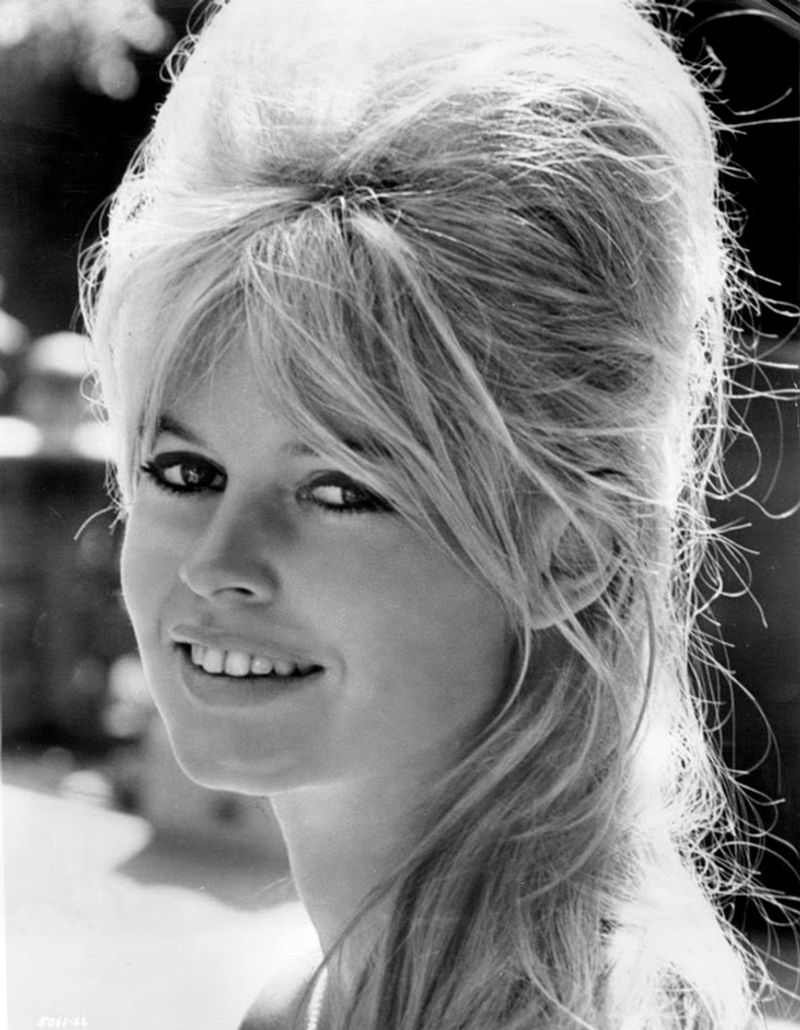
French actress Brigitte Bardot became the face of sixties sophistication with her voluminous bouffant hair and effortless beauty. Women worldwide copied her tousled yet polished look, trying to capture that same mysterious allure.
Her style blended bedroom hair with high fashion in ways that felt both accessible and aspirational. Bardot proved that looking gorgeous didn’t mean looking uptight – relaxed glamour was the new standard.
11. Space-Age Architecture Launched Forward
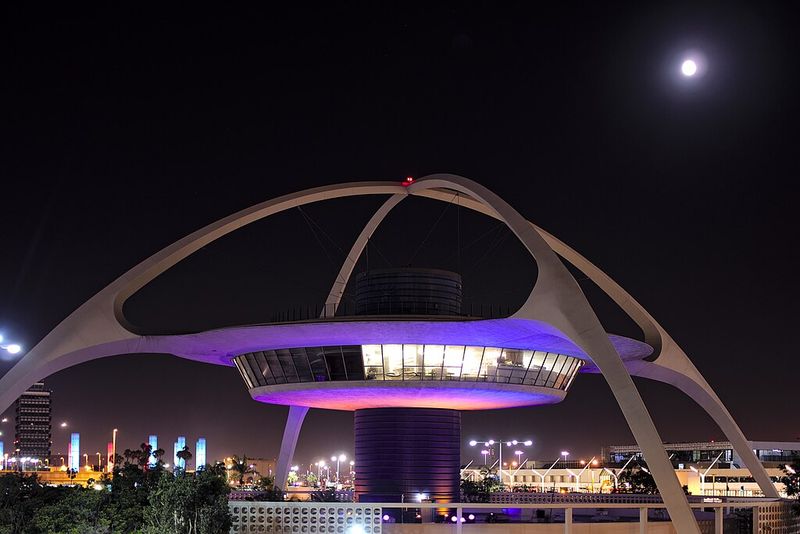
Buildings started looking like they belonged on Mars rather than Earth! The LAX Theme Building exemplified Googie architecture with its swooping arches and UFO-inspired design that screamed futuristic optimism.
This style reflected America’s Space Race excitement and belief that tomorrow would be incredible. Diners, gas stations, and airports embraced these cosmic curves, turning everyday structures into monuments to progress and possibility.
12. Haight-Ashbury Became Hippie Central
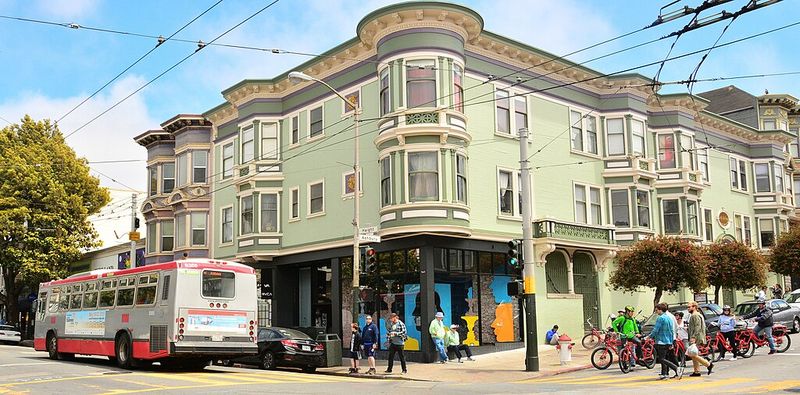
San Francisco’s Haight-Ashbury neighborhood transformed into ground zero for the hippie movement during the legendary Summer of Love in 1967. Thousands of young people flooded these streets seeking community, music, and alternative lifestyles.
This intersection became synonymous with peace, love, and social revolution. Though the neighborhood has changed dramatically, its name still conjures images of flower children and radical change.
13. Nehru Jackets Brought Eastern Influence
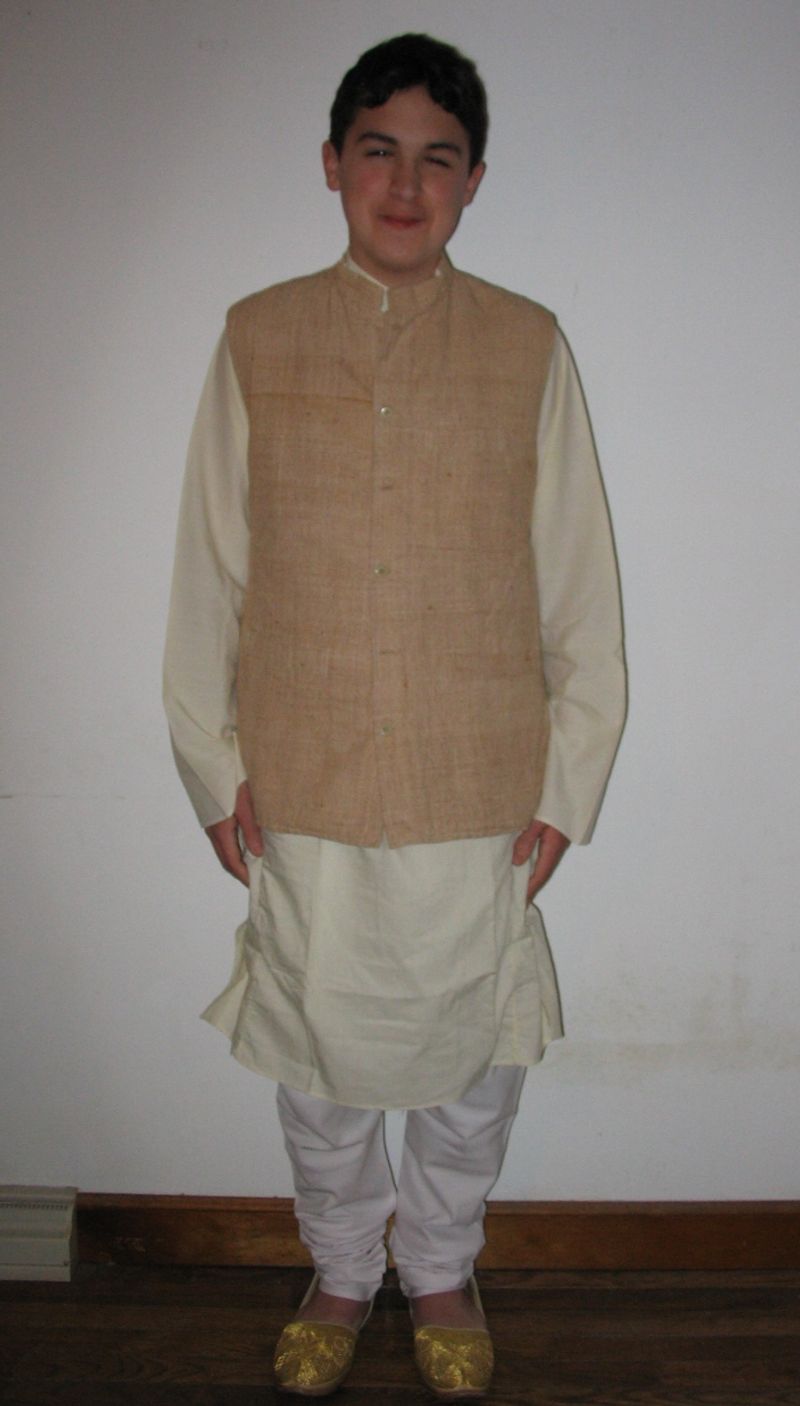
Named after Indian Prime Minister Jawaharlal Nehru, these collarless jackets introduced Eastern elegance to Western wardrobes. The Beatles famously wore Nehru-style clothing, sparking a trend that had men ditching traditional collars for this sophisticated alternative.
This style represented the decade’s fascination with Eastern philosophy and fashion. Suddenly, looking worldly and culturally aware became just as important as looking fashionable, maybe even more so.

